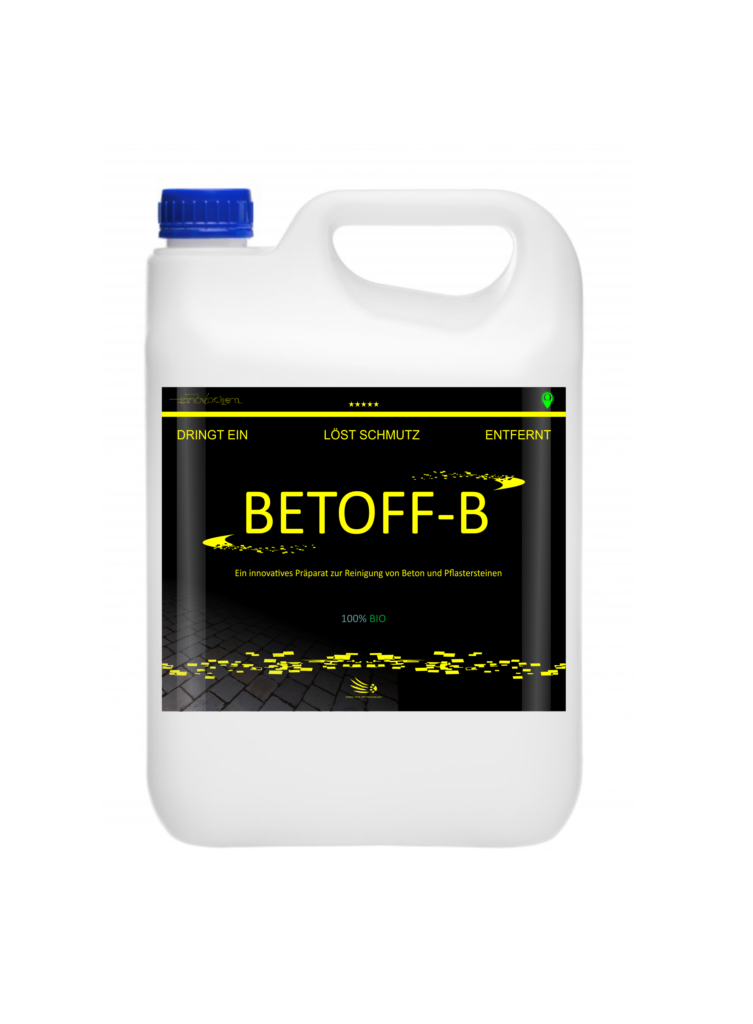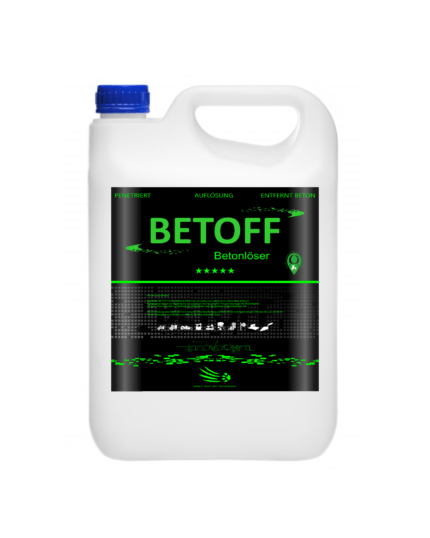Concrete retaining wall. Concrete retaining walls are mostly required in situations where elevated ground pressures are anticipated. However, concrete can also be used to create retaining walls for smaller projects. A wealth of information about building a concrete retaining wall can be found here.
Retaining wall made of concrete. Various concrete retaining wall designs
Typically, retaining walls are employed to provide support for a particular horticultural area. These could be many building projects:
- Also see: Purchase concrete blocks
- See also: Concrete processing techniques
- Additionally, confirm that retaining walls need concrete blocks that are especially stable.
- A little raised bed retaining wall made of concrete
- Support wall for inclines
- Retaining wall for elevated pathways and similar structures
The retaining wall is made of concrete.
Building retaining walls for raised beds—which shouldn’t be too high—is the simplest option. Nonetheless, the fundamental principle states that the same work stages must also be followed when building a concrete retaining wall on a slope:
- laying a foundation that is resistant to frost
- a constructed retaining wall with gravel covering the side
- a retaining wall that is sloped or vertical
A foundation resistant to frost
The frost-resistant concrete foundation must be poured first. A strip foundation should be used for retaining walls, and it should have a minimum of 5 cm more circumference than the concrete retaining wall that comes after it.
It needs to be dug out first. After that, a very thoroughly compacted layer of crushed stone, about 20 to 30 cm high, is placed. Next, there is a gravel layer that is between 10 and 20 cm thick. In order to prevent water from being taken from the concrete via the gravel, a plastic film is applied over it.
Concrete fortification
Not just the welded wire mesh needs to be inserted into the foundation during installation. Under the later concrete retaining wall, the reinforcing bars also need to be driven into the concrete at the proper angle. They can then be put on the concrete wall and covered. Insulation or foil cannot be positioned between the supported side of the concrete retaining wall and the foundation, as this could cause excessive pressure and separate the retaining wall from the foundation.
The mother and the concrete retaining wall are separated by gravel.
Concrete retaining wall
Mother Earth is now positioned as close to the poured retaining wall as feasible. To provide proper drainage and defense against frost damage, there must also be a layer of gravel between the soil and the retaining wall that is a few centimeters thick.
ADVICE AND SECRETS
Gravel can be laid over permanent formwork that has been installed beforehand if the slope cannot be appropriately removed. Next, the front formwork is put in place. Afterward, as the name implies, the lost formwork is left between the retaining wall and the gravel; just the front formwork is removed.
Walls that are incorporated into the slope at right angles to the retaining wall can also be used to support the retaining wall when big loads need to be transferred.
Which liquid is best for cleaning concrete?
We have items in our product range that can clean any concrete surface efficiently and fast. BETOFF-B is our finest liquid for concrete cleaning! a highly potent liquid made with ingredients used in cosmetics. inventive, secure, and effective. If you’re having trouble with stubborn dirt on concrete, make sure to give it a look.
Applying BETOFF-B to remove grease from paving stones

What kind of preparation dissolves concrete the best?
BETOFF liquid (concentration) is the quickest technique to remove stains from concrete since it penetrates the material and turns it into mud.

